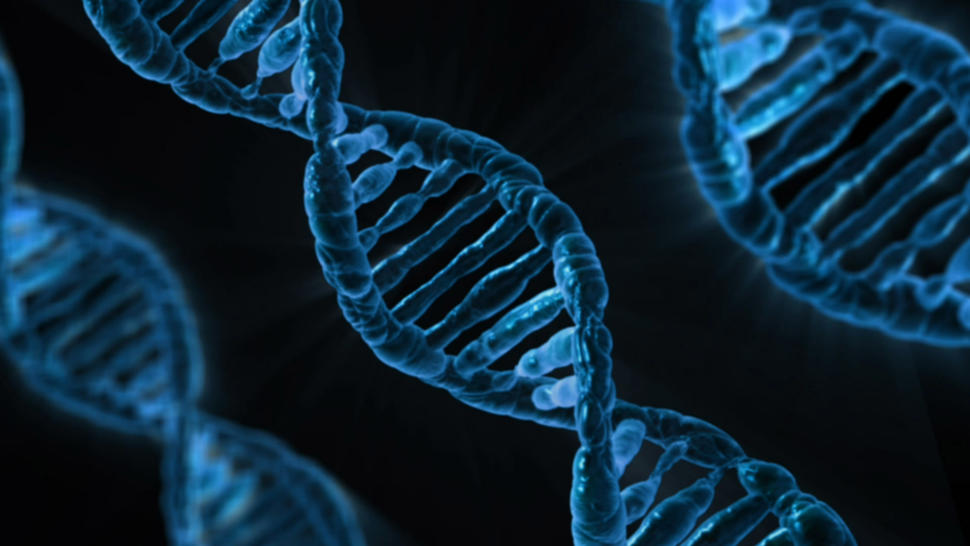Genome-Wide Association Meta-Analysis Identifies Potential Cutaneous Melanoma Risk Loci
A meta-analysis of genome-wide association studies (GWAS) of cutaneous melanoma (CM) and transcriptome association approaches identified 85 genomic loci that influence CM risk. The findings were published in Nature Genetics on April 27, 2020.
Previous GWAS for CM susceptibility in populations of European ancestry identified 21 risk loci. The new study is much larger, with over 36,000 melanoma cases also including the highly sun-exposed, often under-represented Mediterranean population. The current study led by Maria Teresa Landi, M.D., Ph.D., senior investigator in the Integrative Tumor Epidemiology Branch, and collaborators, identified 54 loci with 68 independent variants associated with CM risk through a meta-analysis that incorporated GWAS of both pathologically confirmed CM cases from the United States, United Kingdom, Australia, Northern and Western Europe as well as the Mediterranean region and self-reported cases from 23andMe and the UK Biobank. The researchers discovered an additional 31 loci through the use of complementary analytical approaches, for a total of 85 CM risk loci.
This discovery provides new insights into CM etiology and suggests potential novel pathways for CM pathogenesis. While further laboratory studies are needed to confirm the biological function of each locus, these findings advance our understanding of the genetic underpinnings of CM risk.
Reference:
Landi MT et al. Genome-wide association meta-analyses combining multiple risk phenotypes provide insights into the genetic architecture of cutaneous melanoma susceptibility. Nat Genet. April 27, 2020. DOI: 10.1038/s41588-020-0611-8. [Epub ahead of print]
